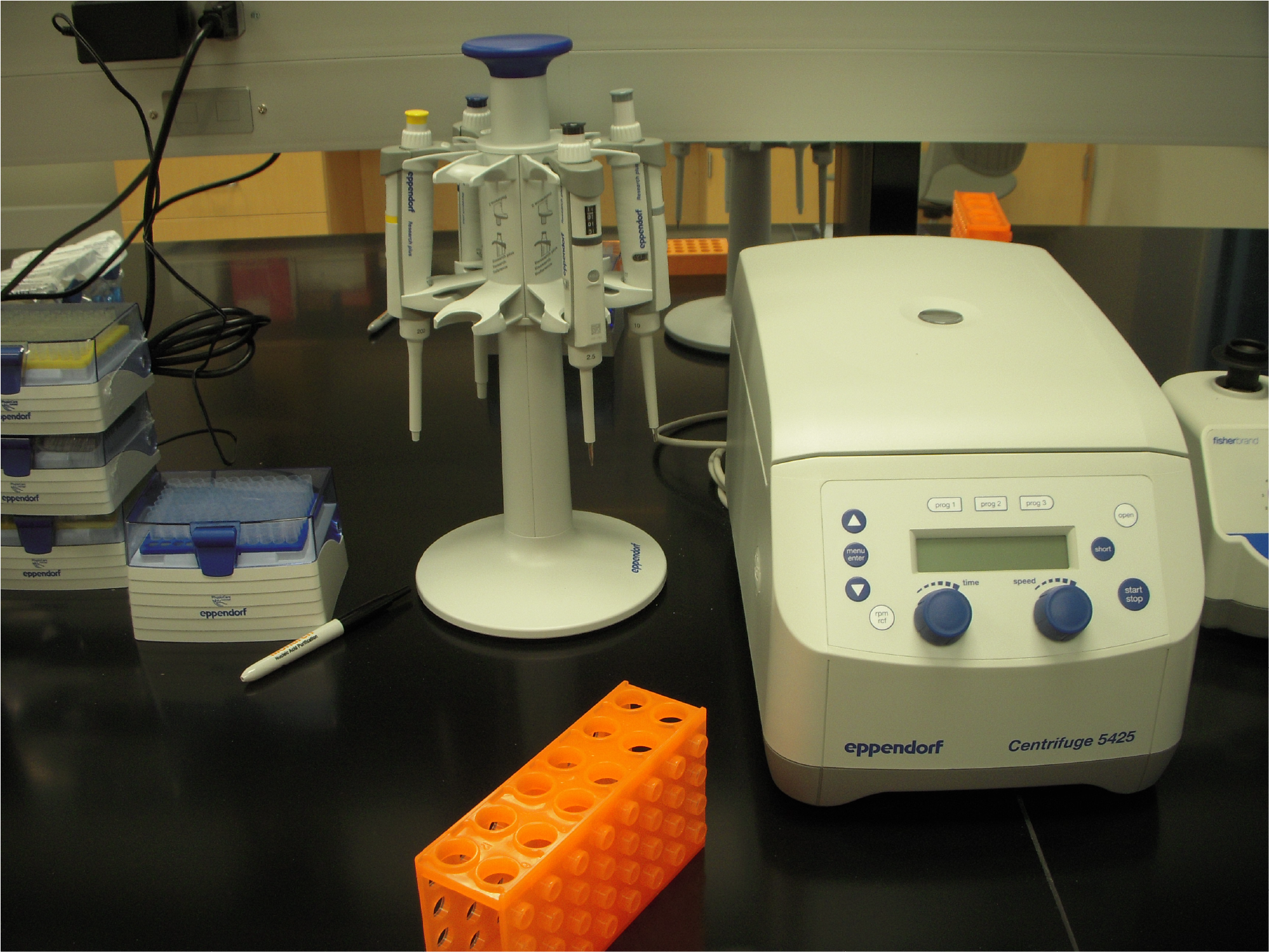Written by Luke Hatfield (Research Technician)
Week 12 (4/9/21) – We discussed PANDORA-Seq, a technique to detect modified small RNAs developed by multiple labs and led by Dr. Qi Chen.
Goals
- Develop an experimental method to overcome the current shortcomings of analyzing small and micro-RNA analysis using current RNA-seq protocols.
- Refine a bioinformatics pipeline for detection of microRNA expression in different experimental conditions.
- Exhibit PANDORA-seq’s ability to detect and identify small non-coding RNA (sncRNA) elements such as micro-RNA (miRNA), ribosomal RNA-derived small RNAs (rsRNAs), and RNA-derived small RNA’s (tsRNAs) at greater resolution than seen before.
Method
- Combine two existing enzymatic methods used to process small non-coding RNAs (sncRNAs): treatment with AlkB and T4PNK.
- Compare alternative treatment states (AlkB treatment first, T4PNK second, vice versa) No noticeable difference was found in administering the treatments in a particular order.
- Every sample set was tested in a compounding manner: first was traditional treatment, then the AlkB treatment, then the T4PNK treatments, finally the PANDORA-seq treatment in order to demonstrate the increased effectiveness of combining the treatments across sample types.
- These conditions were tested across six mouse cells (brain, liver, spleen, mESCs, sperm, and sperm heads) and three human cells (HeLa cells, Primed hESCs, and naïve hESCs).
Results
- PANDORA-seq showed that there are tissue specific responses to the treatments, revealing a landscape of miRNAs, tsRNAs, and rsRNA’s previously unquantified in traditional RNA-seq analyses.
- PANDORA-seq also helped illuminate the change in miRNA dynamics during iPSC induction in mESCs and hESCs, showing fluctuating levels as the cells progressed from Day 0 to Day 6.
Discussion
- PANDORA-seq demonstrated a very real ability to effectively capture small and micro-RNA in ways that traditional RNA-seq has previously been incapable.
- An extra chapter on the specific packages and bioinformatic analysis performed would be insightful to the data.
- The biological role of tsRNA and rsRNA are relatively unclear.
- Future iterations of this method and pipeline could potentially focus on identifying a wider variety of small RNA, such as alu-derived miRNA.
Upcoming (4/16-4/18/21) – We are attending the NCI RNA Symposium. There are lots of great speakers and registration is free!
